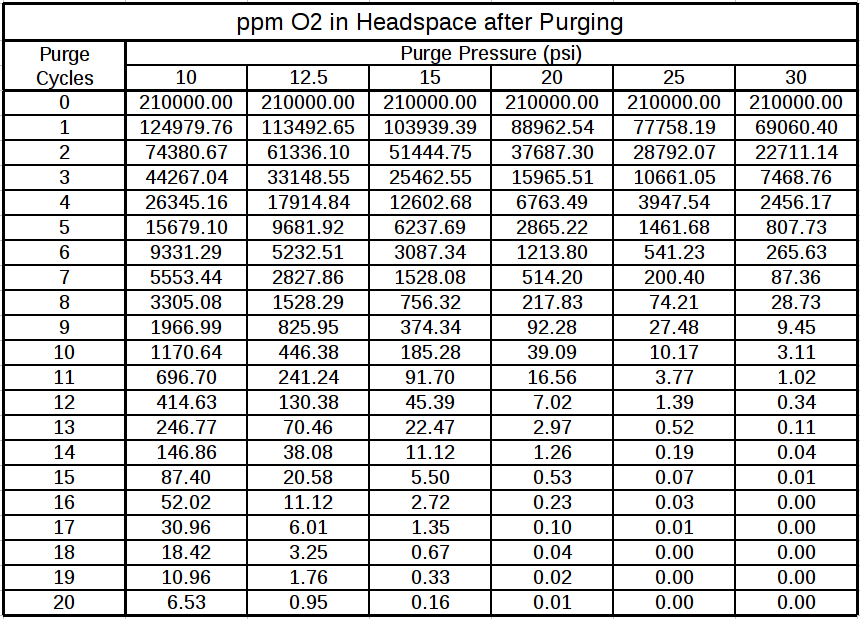Tony B
Well-Known Member
I have not kegged before. I have a batch fermenting that is about 4.75 gallons including trub. I’m guessing I’ll end up racking about 4 gallons to the keg. It had an OG of 1.045 and should finish around 1.010. I was thinking I might boil some water and let it cool prior to kegging. Then add the water to the sanitized keg before purging and finally racking the beer to the keg, just to get a full 5 gallons. I know this would bring the FG down and I’m not too concerned about that. Looking for a light , smashable beer anyway. I was even thinking of adding a small amount of hops to the water as it’s cooling, kind of a hop stand. I’m thinking that would be safe as far as avoiding bugs and oxidation. Am I missing something?
Last edited:




